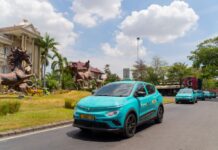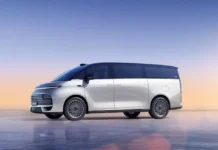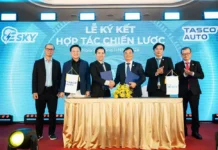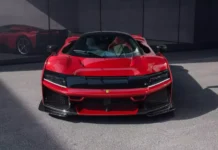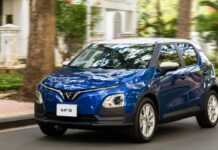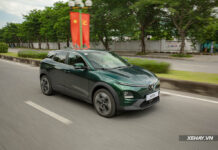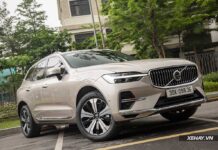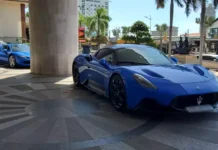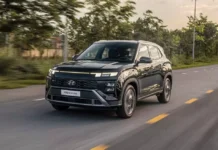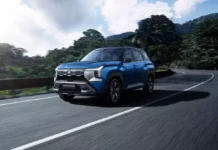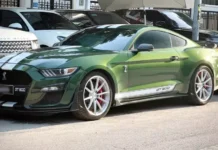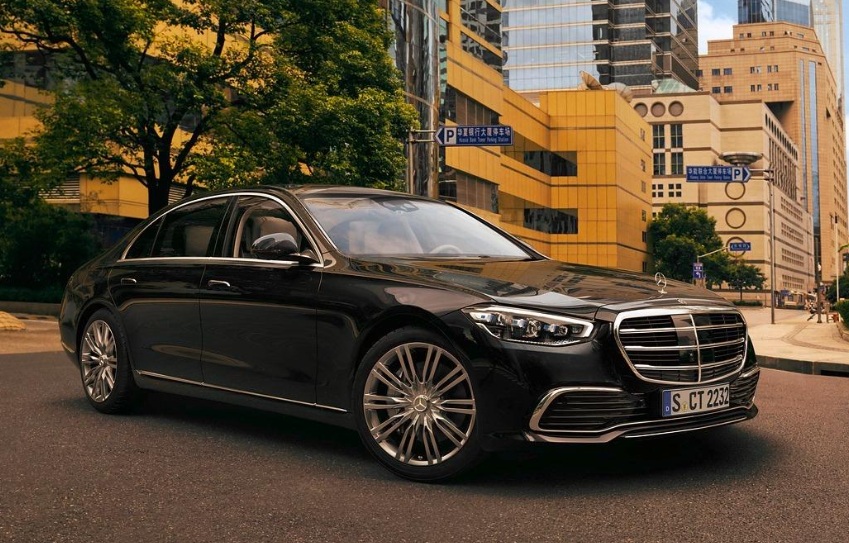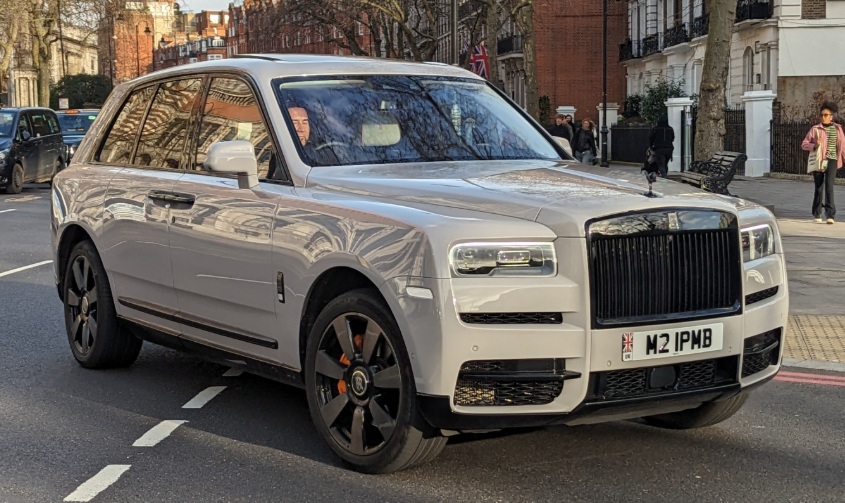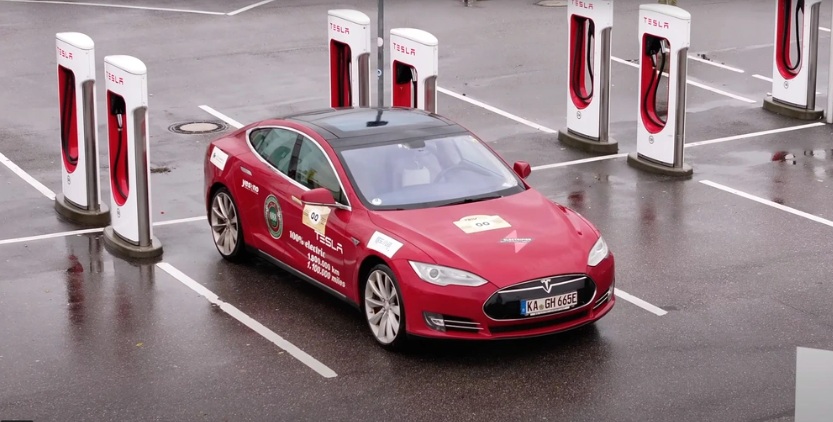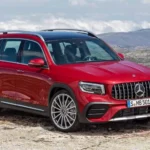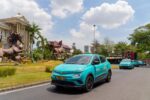Luxury car models such as the Mercedes-Benz S-Class, Tesla Model S, BMW 7-Series, Range Rover, Audi A8, Kia EV9, and even the Rolls-Royce Cullinan are now banned from parking in some public car parks across the UK.
The reason for the ban is not because of their high value or powerful engines, but simply because they are too long.
According to new regulations introduced by several local councils in England, vehicles longer than 5 meters will not be permitted to park in public car parks managed by the local authorities. In contrast, the current standard size of a parking bay is only about 4.8 meters. This means that many large luxury sedans and SUVs, which are longer than the standard, must find alternative parking spaces.
The length restriction has been implemented in areas such as Wokingham, South Hampshire, Broadland, South Suffolk, and West Devon. Specifically, in Wokingham, from June 2023, vehicles longer than 5 meters, taller than 2.1 meters, or heavier than 3,050 kg will not be allowed to park in local car parks. From 2017 to 2024, there were 153 recorded violations of these restrictions in Wokingham alone.
The list of affected vehicles includes not just ultra-luxury models like the Rolls-Royce Cullinan but also many popular large SUV and luxury sedan models. These vehicles are becoming increasingly popular due to consumers’ preferences for spacious interiors and luxurious features.
This situation clearly highlights a paradox: while the trend in car manufacturing leans towards larger sizes, the infrastructure, especially parking spaces in many parts of England, remains unchanged from decades ago.
Data from the New Forest Council reveals that in 1965, the five best-selling car models in the UK had an average length of just 3.9 meters and a width of 1.5 meters. By 2020, these figures had increased to 4.3 meters in length and 1.8 meters in width, figures that are now approaching or even exceeding the limits of many public car parks.
The parking restrictions are not only inconvenient for owners of large vehicles but may also influence consumers’ purchasing decisions. Those considering buying large SUVs or luxury sedans might have to reconsider if they live in areas where these regulations are in place.
At the same time, this situation poses a challenge for automobile manufacturers, who are caught between the trend of “bigger is better” and the reality of infrastructure that hasn’t kept pace. Experts suggest that carmakers should consider more compact designs, while local governments need to think about upgrading parking standards to accommodate the changing needs of vehicle owners.
Experts argue that coordination between the automotive industry and local governments is essential. On the one hand, manufacturers should explore ways to optimize interior space without increasing the overall size of vehicles. On the other hand, authorities should consider adjusting parking standards to meet the diverse needs of modern drivers.
If timely adjustments are not made, luxury vehicles, which symbolize status and comfort, may find themselves at a disadvantage simply because they cannot find a suitable place to park.
TH (Tuoitrethudo)
Illustrative image
The Billionaire’s Garage: Unveiling the Ultimate Supercar Collection
Entrepreneur Hoang Kim Khanh, renowned for his impressive collection of supercars in Vietnam, has recently confirmed the departure of five vehicles from his garage. This move is speculated to make way for an upcoming addition to his collection, creating excitement among automotive enthusiasts across the country.
The Ultimate Luxury Experience: Mercedes-Benz Offers Massive Savings of Up to 130 Million VND on Select Models to Clear Stock
The Mercedes-Benz cars on offer this February 2025 are all 2022 models. These vehicles are an exceptional choice, offering the latest in automotive innovation and the renowned quality that Mercedes-Benz is known for. With their sleek designs and powerful performance, these 2022 models are a testament to the brand’s commitment to excellence.



